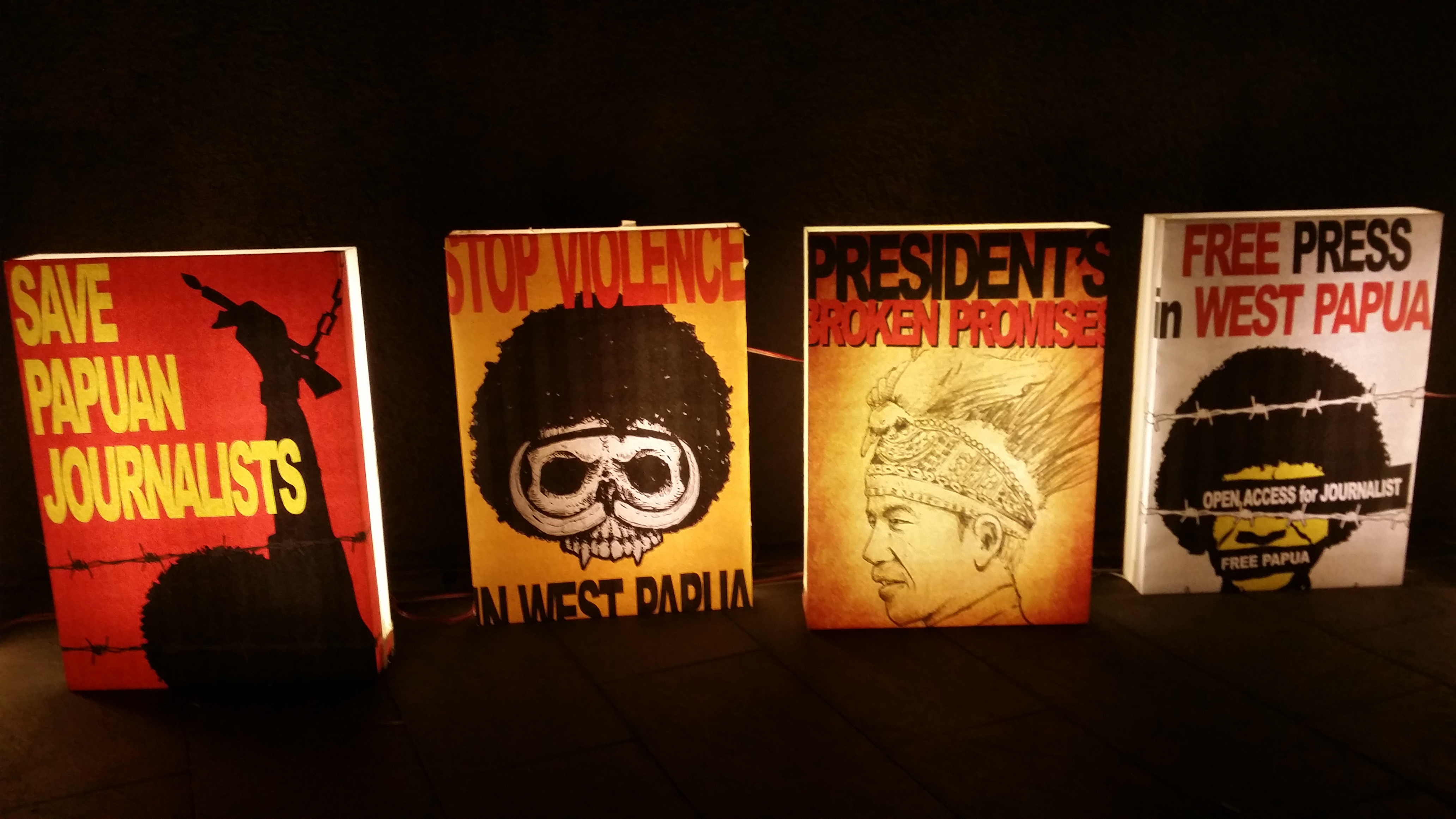
It was ironical that the most evocative demonstration of freedom of the press in Indonesia since the draconian Suharto era two decades ago was also given a global black mark for attempting to “gag” free discussion over violations on its own geopolitical doorstep. Indonesian hospitality was widely praised for the four-day efforts in hosting World Press Freedom Day 2017, yet both Jakarta and UNESCO officials were acutely embarrassed over events in the easternmost West Papuan region (Robie, 2017a). Four days before the WPFD event got under way on April 30, prominent Papuan journalist Victor Mambor, editor-in-chief of Tabloid Jubi and a former chairperson of the West Papuan chapter of the Aliansi Jurnalis Independen (Alliance of Independent Journalists) between 2010 and 2016, had warned in the New Internationalist that Indonesian double standards had imposed a silence over West Papua (Mambor & Payen, 2017). Even a Papuan protest outside the Jakarta Conference Centre venue on World Press Freedom Day itself was kept at the margins, ensuring most of the 1,500 journalists, media academics and communication policy makers from 90 countries were unaware of the shocking press and human rights violations that continue almost daily in the Melanesian provinces of Papua and West Papua (collectively known as “West Papua” in South Pacific nations).
Robie, D. (2017). Indonesian double standards over press freedom endanger safety of Papuan journalists. Media Asia, 44(2), 40-47. Full text available at: http://www.tandfonline.com/doi/full/10.1080/01296612.2017.1379812


